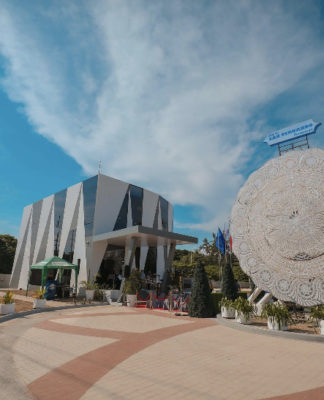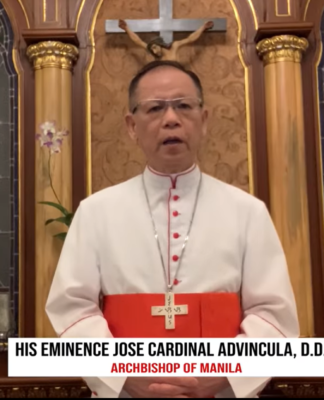IN THIS age of Friendster, Myspace, and Multipy, it is not surprising to see political candidates get wired to the information superhighway to increase their reach to potential voters.
Candidates have launched their own websites and blogsites, and have joined networking sites that reach a broader and younger audience online— for the cost of almost nothing.
In his website, www.kiko.com, senatorial candidate Kiko Pangilinan uses his signature colors of green and yellow loaded with photographs, tabs for regular news release, links to his other online sites, and other multimedia features. The website also includes a short profile of the senator, his platform, the bills he passed, and information on how to join in his campaign. These features are typical to most websites of other senatorial aspirants like Chiz Escudero (chizescuedero.com), Noy-Noy Aquino (noynoy.ph) Mike Defensor (mikedefensor.net), and Miguel Zubiri (migzzubiri.org).
“The medium’s target is mostly urban middle class youth. I think it is better if these websites have forums because it’s a potential venue for in-depth discussions, which a candidate himself could engage into,” said Niel Niño Lim, a political communication officer of Pangilinan.
Young voters post supportive comments to the candidates’ Friendster accounts. They also add the accounts to theirs.
“I think that candidates who use networking sites are hitting the right spot since most of the new voters are into computers and sites such as Friendster,” Melanie, a 19-year-old Friendster user, said.
This sort of campaigning may not be the norm, but its emergence is an indication that candidates improve their chances of winning by joining the global village. Jamaila S. Cahilig



















